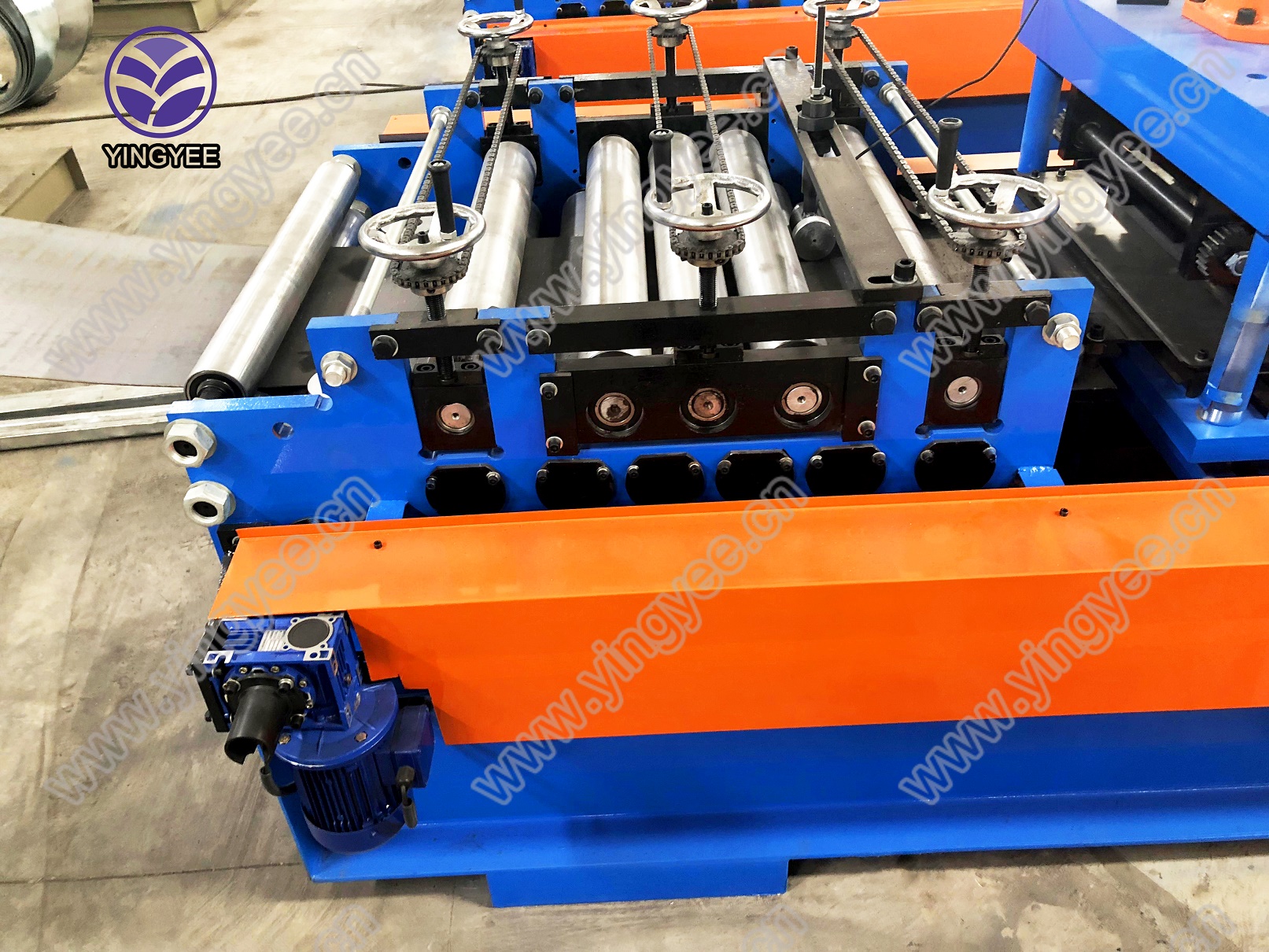
The Innovations Shaping the Future Three Wave and Guardrail Making Machines
In recent years, the manufacturing and construction sectors have seen significant advancements driven by technology. Among these innovations are the three wave and guardrail making machines, which have revolutionized the production of essential safety and utility products. This article delves into the workings of these machines, their advantages, and their significance in today's infrastructure development.
Understanding the Machines
Three wave making machines are designed to produce protective barriers commonly used on roads and highways. These barriers are not just vital for safety but also serve as noise reduction and aesthetic elements in our urban environments. The machine typically utilizes high-strength materials, allowing for the creation of durable wave-like profiles that can absorb and redirect the impact of vehicles, thus minimizing damage during accidents.
On the other hand, guardrail making machines focus on the fabrication of various types of guardrails used in both urban and rural settings. Guardrails are crucial for maintaining the safety of roadways, often preventing vehicles from veering off the road during inclement weather or in the event of a collision. The machines' advanced technology ensures precise manufacturing, creating guardrails that meet or exceed industry standards.
Efficiency and Performance
The efficiency of three wave and guardrail making machines cannot be overstated
. These machines are designed to operate at high speeds, significantly reducing production times compared to traditional manufacturing methods. They are equipped with automated systems that allow for quick adjustments, enabling manufacturers to produce different designs and specifications without extensive downtime.Moreover, the advanced engineering that goes into these machines means that they often require less labor to operate. This reduction in labor costs, combined with improved production rates, leads to considerable savings for manufacturers. With the growing demand for infrastructure development, particularly in emerging economies, these machines are poised to play a crucial role in meeting that demand efficiently.

Quality Assurance
Quality assurance is a pivotal aspect of the manufacturing process, especially in the production of safety equipment like guardrails and barriers. Three wave and guardrail making machines are designed with precision in mind, employing state-of-the-art technology to ensure that every product meets stringent safety and quality standards.
The machines typically come with integrated testing systems that allow manufacturers to perform real-time quality checks. This capability helps in identifying defects early in the production cycle, ensuring that only high-quality products reach the market. Consequently, this aspect not only enhances safety but also builds trust between manufacturers and consumers.
Environmental Considerations
In today's world, sustainability and environmental responsibility have become paramount concerns in manufacturing processes. The latest three wave and guardrail making machines are increasingly being designed with eco-friendly principles in mind. Many of these machines utilize recycled materials, which not only reduces waste but also lowers the carbon footprint of the production process.
Moreover, advancements in technology have led to the development of machines that consume less energy during operation. This shift not only contributes to a reduction in operating costs for manufacturers but also aligns with global efforts to combat climate change.
Conclusion
The development of three wave and guardrail making machines marks a significant milestone in manufacturing technology. These machines encapsulate the combination of efficiency, precision, and sustainability, which are vital in meeting the demands of modern infrastructure projects. As the world continues to evolve, so too will the technologies that enable us to create safer, more resilient environments. The innovations brought forth by these machines will undoubtedly play a crucial role in shaping the future of transportation safety and infrastructure development. Embracing such technology not only contributes to improved safety standards but also fosters a sustainable approach to manufacturing. The future is indeed bright for industries that harness the capabilities of advanced machinery in their production processes.